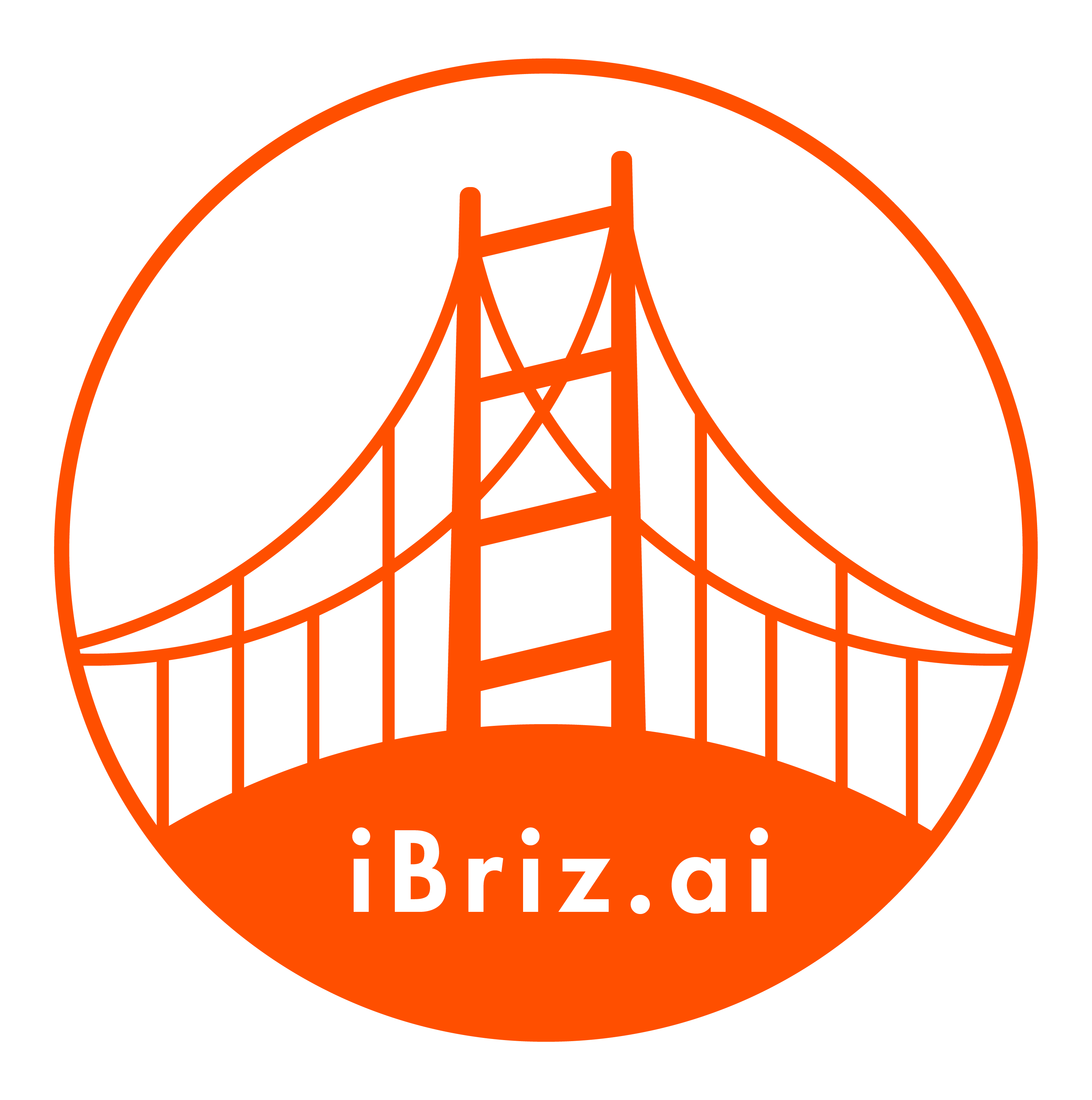Designing For Decentralized Apps
Decentralized apps (Dapps) based on blockchain technology are becoming very popular. They are also creating huge career opportunities. One such area is for design experts who understand the challenges of that a Dapp environment posses and able to handle it well. Some of the jobs listed for this role require a practical or academic background in user interface design. In addition familiarity with front-end technologies like React, Scala.js or equivalent. If you would like a hands on experience in designing Dapps, read this article in our blog – “Dapps Design Concepts – self learning guide.”
This article will help you prepare for this tremendous opportunity where you can be at the forefront of this wave. This article is not only relevant to UX/UI people but also for developers and other creative content generation team.
According to David Johnston, CEO of DApp Fund, a software application is classified as a Dapp if it meets the following criteria –
- The application must be completely open-source, it must operate autonomously, with no entity controlling the majority of its tokens, and its data and records of operation must be cryptographically stored in a public, decentralized block chain.
- The application must generate tokens according to a standard algorithm or set of criteria and possibly distribute some or all of its tokens at the beginning of its operation. These tokens must be necessary for the use of the application and any contribution from users should be rewarded by payment in the application’s tokens.
- The application may adapt its protocol in response to proposed improvements and market feedback but all changes must be decided by majority consensus of its users.
Source: Decentralize Application
Based on this definition of Dapp here are some implications for Dapp design:
- There will be a lot more information that will be visible. The user interface must accommodate display of data insights.
- The design should be able to handle the volume and variety of data.
- Design should be be able to handle identity and exchange of information.
- The able 3 points will lead to new interaction patterns.
- Use of conversational UI for for sorting and filtering large data volume.
- Predictive UI – showing people what they need to see only when they need to see.
- Design to reduce uncertainty and mistrust level.
- Design to promote open and transparent transaction.
- peer to peer interface design might be important.
- The designer might need to design for a situation when the app goes offline – http://offlinefirst.org/
“Click here to learn about training your self in the Dapps Design Concepts.”
Here is a great article on Dapps design concepts. The article highlights the following aspects of Dapp design.
- Know your user base. Blockchain apps and platforms will/are reaching mass adoption. Designers need to be aware that now the users will not be as much the technical/power users but more the everyday people. Simplicity is the key.
- “Design for trust” “The user should always know what is happening, what just happened, and what will happen next.”
- Account for processing time Because transactions on blockchain take dramatically longer than in a centralized network — it currently takes about ten minutes to confirm a bitcoin transaction — users need information on their status and progress during this time.
- Call attention to one-way doors Blockchain transactions are irreversible once they’ve been validated by the network — there’s no tolerance for typos — so designers need to create points of friction for users before they pass through one-way doors.
Source: Designing for Blockchain –
“Click here to Train your self in the Dapps Design Concepts.”


